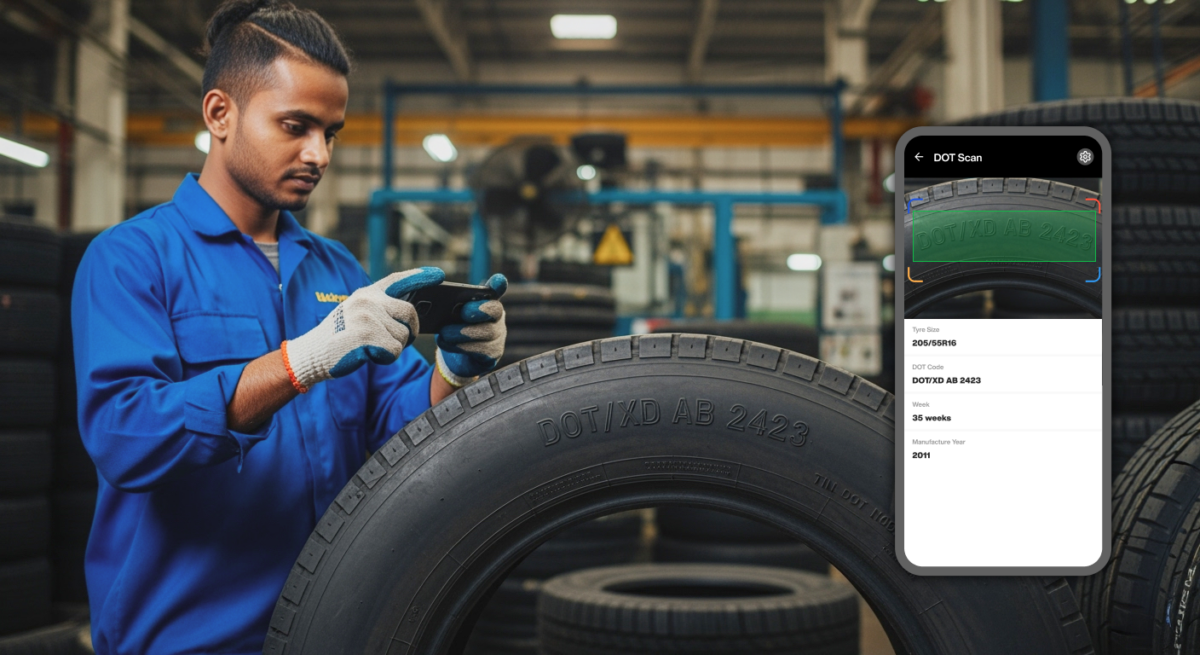In 2020, A Tire Company recalled over 90,000 tires due to potential belt separation. The recall listed partial DOT codes, forcing fleet operators and dealers to manually inspect thousands of tires scrubbing faded sidewalls, jotting TINs on paper, and verifying records by hand.
This isn’t a one-off event. Tire recalls affect millions of units every year, yet most businesses still rely on manual TIN/DOT tracking, leading to slow response times, grounded vehicles, and compliance risks.
Why TIN and DOT Codes Matter More Than Ever
TIN and DOT numbers are more than regulatory labels they are essential for tire traceability, asset identification, and recall readiness. The U.S. National Highway Traffic Safety Administration (NHTSA) reports that a large portion of tire recalls are traceable only through accurate DOT codes.
Without efficient tire identification, service providers and fleet managers face real risks: delays, data errors, and overlooked recalls that can affect safety and compliance.
The Problem: Manual Tire Data Capture Slows Everyone Down
The issue isn’t availability of tire data it’s that manually reading and recording TIN and DOT codes is inefficient, especially on dirty, curved, or worn sidewalls. In fast-paced environments like automotive service centers, tire yards, and distribution depots, expecting technicians to write down codes or use spreadsheets simply doesn’t scale.
One missed or misread code could allow a recalled tire to remain in service risking both safety and regulatory violations.
The Solution: AI Mobile SDK for Tire Identification
Modern solutions like AI scanner mobile SDKs are transforming how tire identification is done. Instead of relying on manual transcription, service teams can now scan tire sidewalls using AI-powered mobile tools that automatically capture TIN and DOT codes even in poor lighting or on aged tires.
The Scanflow Asset Identification Mobile SDK allows OEMs, fleet operators, and service providers to embed intelligent scanning into their own apps or workflows. With it, teams can identify tires instantly and digitally enabling faster recalls, more accurate audits, and smarter inventory tracking without any paperwork.
Conclusion
TIN and DOT codes might be small, but they carry enormous weight when it comes to safety, traceability, and operational efficiency. By using Asset Identification Mobile SDK, automotive businesses can eliminate human error, respond to recalls faster, and make every tire inspection count.
Is your team still relying on eyes and clipboards to track tire safety?
Discover how Scanflow AI can help digitize and automate tire inspections from TIN/DOT scanning to instant digital logging. Request a demo or get in touch


